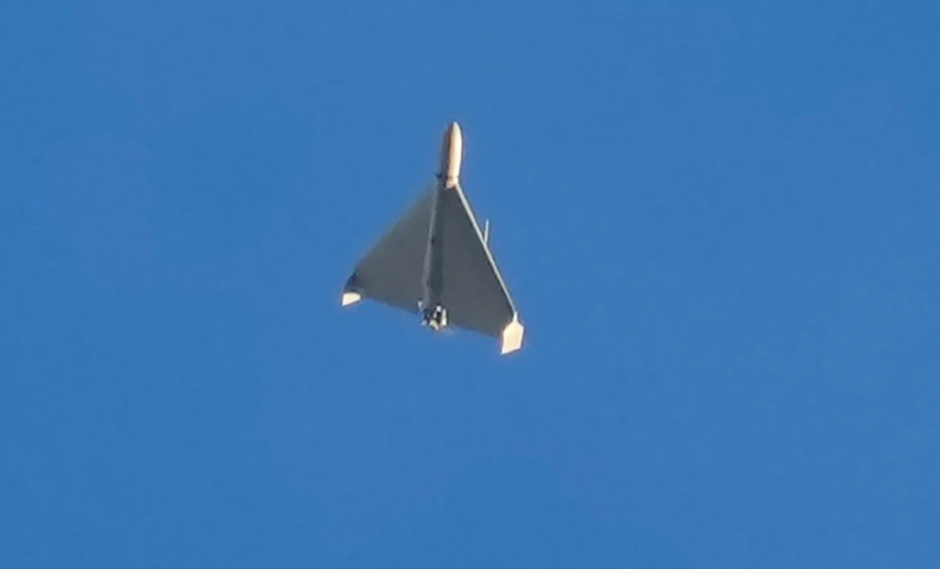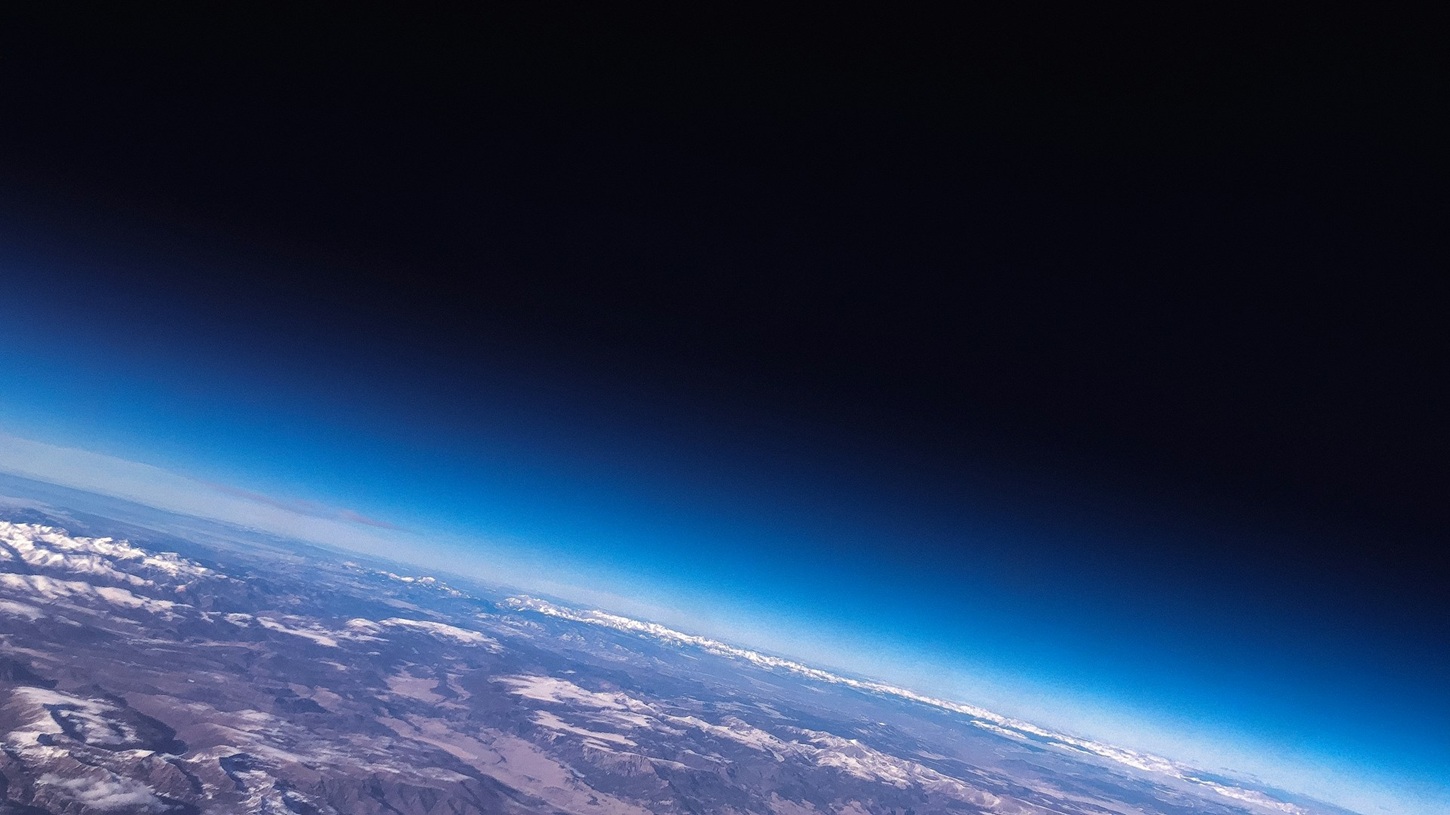There are actually eight planets in our solar system We know more than 200 moons. Perhaps these moons are more diverse than the planets. The surface of some of them is covered with an ice shield several kilometers thick, and under it hides a very deep ocean with warmer waters. On the surface of one of the well-known moons, permanent liquid lakes rippled. Another suffers from shockingly intense volcanoes. Some moons were created by processes of material capture, accretion, at least one – our moon – was created as a result of a massive impact, and some moons may be captured from asteroids from the outer regions of the solar system. The largest moons are larger than the smallest planets, while the smallest can hardly be called moons, they are just small rocks.
In most of the moons of the solar system, there is no chance for life to develop, but in some – mostly Europe And that Enceladus In its oceans hidden under a dense icy crust – yet researchers consider the creation of life possible. But could there be similar exo-moons that provide favorable conditions for habitable life in other planetary systems?
To investigate this question, an international research group led by Hungary has compiled a list of targets. At the moment, research work is limited to exoplanets, because we do not yet know any exomoons. But if we can rely a little on our experiences from the solar system, if the same moon-forming mechanisms are at work elsewhere in the universe as here, then there must be exomoons in the universe, even more so than exoplanets.
The research group led by Dobos Vera, who is currently a Kapten Fellow at the Kapten Institute for Astronomy at the University of Groningen in the Netherlands and formerly at the Konkoli Therge Miklos Institute for Astronomical Research in Budapest, is trying to answer a question about which known exoplanets could be the most promising companions. for life development. We still know little about the viability of exoplanets and exomoons for life. The study described here is among the first to explain this question.
“Our results can help the first discoveries of the outer moon, because we are referring to detection targets, that is, known exoplanets, around which habitable moons the size of the Earth or slightly larger can orbit in a stable orbit, that is, everything is in place to be discovered by current instruments” Vera Dubos confirms. Although the outer moons are not yet known, their potential habitability is an important and intriguing question. The authors focused on the large, rocky moons that are able to retain their atmosphere. During the study, the astronomers took into account the tidal heating in the energy balance as well as the heat from the planetary system’s central star.
Excluding the most unsuitable exoplanets, the authors examined 4,140 celestial bodies. Around each of these orbits, 100,000 exomoon orbits were simulated. The end result of the simulations is the probability of an exomoon for each planet, which shows the proportion of test moons that prove to be habitable within the full sample of 100,000. Thus, Doboses have identified 234 known exoplanets whose probability of habitability exceeds an exomoon 1%. Incidentally, 17 of these same planets have a more than 50% probability of being habitable. Not surprisingly, the majority of exoplanets with the highest probability of having habitable exomoons orbit in the habitable zone of the central star. At the same time, astronomers have found some very massive planets around which there is a good chance that habitable moons might orbit them.
However, finding habitable exomoons will not be an easy task, warns Dubos, “because the planets selected as a result of our research orbit the star for hundreds of days. This means that if we want, for example, to observe a transit in front of a star, in some cases we have to We’ll have to wait years for this chance of detection, and several observations will be necessary for a successful discovery.
“We don’t know for sure whether we can really find a moon around the planet using this specific observational method. Despite all these difficulties, this is a very interesting area of research, and I am eagerly awaiting the discoveries of the first exomoon “concludes Vera Dubos.
Source: Dobos Vera and universe today
Suspension












































